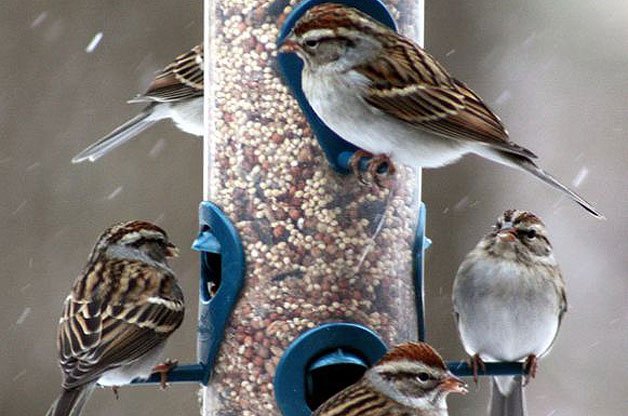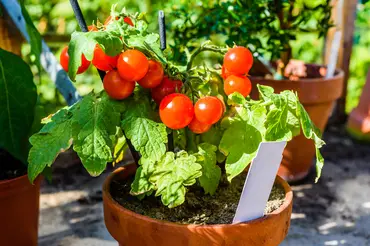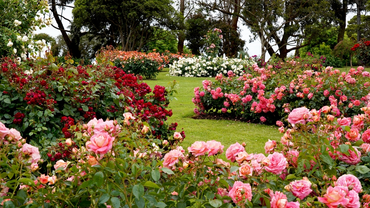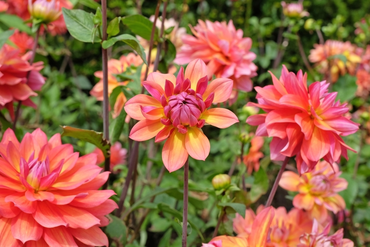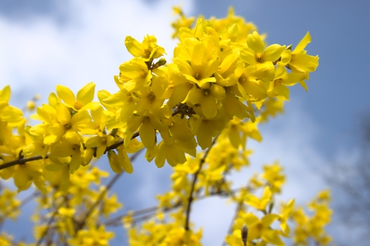One of the joys of lockdown for many of us has been the extra time it’s afforded us to sit and watch the garden birds’ squabble, flock around bird feeders, and generally offer non-stop entertainment.
It’s great fun if you are lucky enough to have a garden, but even if all you have is a window box or a balcony, you can still encourage wild birds to hang around if you provide some tasty food.
English gardens attract a huge variety of wild birds. On any given day, you can see blackbirds, finches, sparrows, tits, robins and of course, pigeons. If you are lucky you might even receive woodpeckers. Read on for a quick guide to feeders, bird tables, and what to add to your bird buffet.
There are several ways to feed wild birds in your garden:
1. Bird Tables
These are ideal for larger birds, such as blackbirds, thrushes, and collared doves. These birds will also feed off the ground, and in the case of pigeons, will actively shove food from a table onto the ground before eating it. Bird tables with roofs provide shelter for small birds like robins and will also help keep food dry.
2. Hanging Bird Feeders
Smaller birds such as finches, sparrows, tits, and robins like hanging on bird feeders that are full of seeds and peanuts. At Carpenters Nursery we have a great selection of feeders, including heavy-duty peanut feeders and flip-top sunflower seed feeders.
3. Fat Balls for Birds
You can also make homemade fat balls by placing vegetable suet in half a coconut shell and hang it them from a tree branch. We also sell ready-made fat balls and special feeders to put them in.
Don’t position feeders and tables too close to the house, or you’ll startle your feathered friends every time you move. Be careful not to place them near fences or sheds, as cats can jump a surprisingly long way if they think a bird is on the menu. Try to keep feeders close to tight hedges, trees or bushes as this offers protection from bigger birds such as sparrow hawks and buzzards.
Bird Food Options
Keep your garden birds happy with a smorgasbord of seeds, suet, and mealworms.
Seed mixes are ideal if you want to attract a wider range of garden birds. Husk-free seed mixes are good for birds that can’t crack seed husks, such as blackbirds.
Suet and fat balls are good food for the winter when natural food sources are scarce and birds need extra calories to keep them warm. You can make your own fat and suet balls, or buy them readymade for hanging in trees.
Serve up mealworms in the spring, when birds are breeding and fledging from nests.
Feeding Garden Birds in the Autumn and Winter
Wild birds need more energy in the colder months. If the weather is really bad, put out food twice a day. Try to feed the birds at the same time every day, as they get used to the routine and will appear like clockwork.
Feeding Garden Birds in the Spring and Summer
High-protein foods are good for the spring/summer months. Soft fruit and seed mixes are perfect for this time of year. Don’t put out fat balls in warm weather, as they will turn rancid very quickly.

